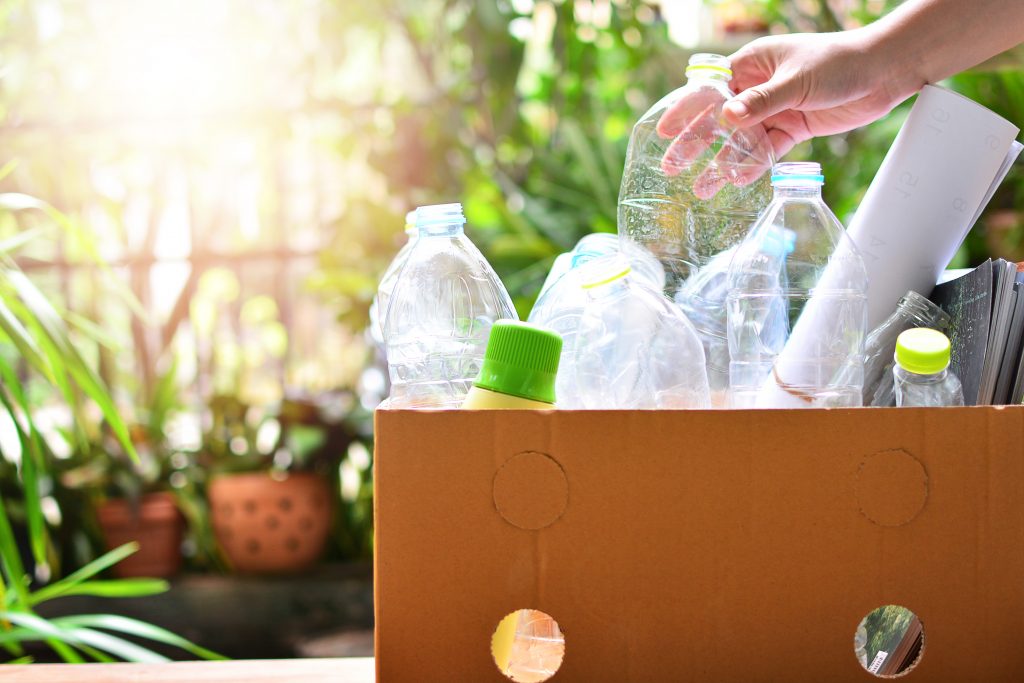It’s easy to not think about where our waste goes, seeing as we’re completely removed from the process. Our trash and recycling are conveniently disposed of with our efficient curbside pick-up and when it’s out of our sight, the thought of waste is completely removed from our minds. However, that reality is dangerous as it removes us from the consequences of our poor actions when it comes to waste. When trash and recycling are not conducted properly, individual actions can amount to catastrophic consequences
If we’re to defeat the problems of increased human waste, particularly in the United States, it’s vital that Americans are well informed on what recycling is and why people should do it properly. If everyone were to recycle properly, we could reduce greenhouse gas emissions, reduce landfill and polluted waste, protect ecosystems and preserve natural resources — all vital steps to defeating climate change. Collectively, we are powerful, and that is why our individual actions are imperative when it comes to recycling and sustainable practices.
The best practice is to avoid plastic, but that’s nearly impossible in the world we live in, so it’s important to know how to recycle plastic, and other products, properly.
Know your numbers
Nearly every plastic product will have the three-arrow triangle signaling the recycle, reuse and reduce symbol, but this triangle is misleading. Not all products with the triangle can be recycled and some should not be placed into your bin. Inside the triangle is a number that designates the type of plastic the item is made of. Numbers that should not be placed into the recycling bin are three, six and seven which include items such as detergent containers, Styrofoam and mixed-plastic products. Easily recyclable numbers are generally one, two, four and five. However, four includes grocery bags, which Broome County’s recycling program directly prohibits being put into bins. It is best to return grocery bags or plastic food film to a drop-off location, usually located at a local supermarket. On that note, do not bag your recyclables.
Wash out items
A necessary and simple step to ensuring your recyclables are actually recycled is thorough rinsing. There is no need to perform a deep-soap scrub. Rather, a simple rinse under a sink will secure that the particular item can be recycled. Do not leave any food in containers. If an item is not properly washed out, it will be thrown away rather than recycled.
Avoid single-use items
Don’t use single-use items if you can realistically avoid them. Doing so can significantly reduce the amount of waste entering the Earth’s waterways and harming wildlife. Generally, single-use plastics are difficult to recycle and are not accepted. Some single-use items to be avoided include straws, cutlery, plates and cups.
Know your paper
Items like tissues, napkins, paper towels and plates, even if they are not used, should not be recycled. However, tissue boxes and the cores of toilet paper and paper towels can be. Printed or written-on paper can be recycled. Usually, cardboard is easily recyclable, but when the cardboard is coated with wax or another substance, it is generally not recyclable. Check these containers before assuming for the recycling symbol and number. Pasta boxes and orange juice containers, for example, are generally not recyclable due to this issue. Newspapers, envelopes, magazines and most types of paper are recyclable.
The grease problem
Have you been ordering pizza and placing the entire box into the recycling bin? It’s okay, we’ve all made that mistake at least once. Greased cardboard cannot be recycled. Make sure to cut grease out of an item before placing it into the recycling bin. The same goes for oily plastic containers. If you compost, you can place the greased cardboard in your compost bin! If not, throw the greased portions in the trash.
Claim your deposit
When purchasing some bottles and cans, you pay a five-cent deposit to New York state. For a moment, think about all the bottles you have purchased. Five cents may not seem like a lot, but after some time, it can amount to a significant chunk of money. You can get your deposit back if you return your bottles to a redemption center. When doing this, you’re not just earning your own money back, but also help maintain our planet.
Check in with your recycling center
Different centers accept different items. Be sure to check your local facilities’ website to find out their rules. If needed, there is always a person you can contact if you have additional questions. For more information on the recyclability of specific items for Broome County, check Broome County’s Recycling and Reuse Guide before deciding where to place your item.
When in doubt
Although painful, if you don’t know if something can be recycled, it’s best to throw it away. If not, it could potentially contaminate an entire supply of recycled materials, causing more than just a couple of items to be thrown away. Or worse, it could cause equipment to jam or break which can be dangerous to employees and extremely costly to recycling centers.



